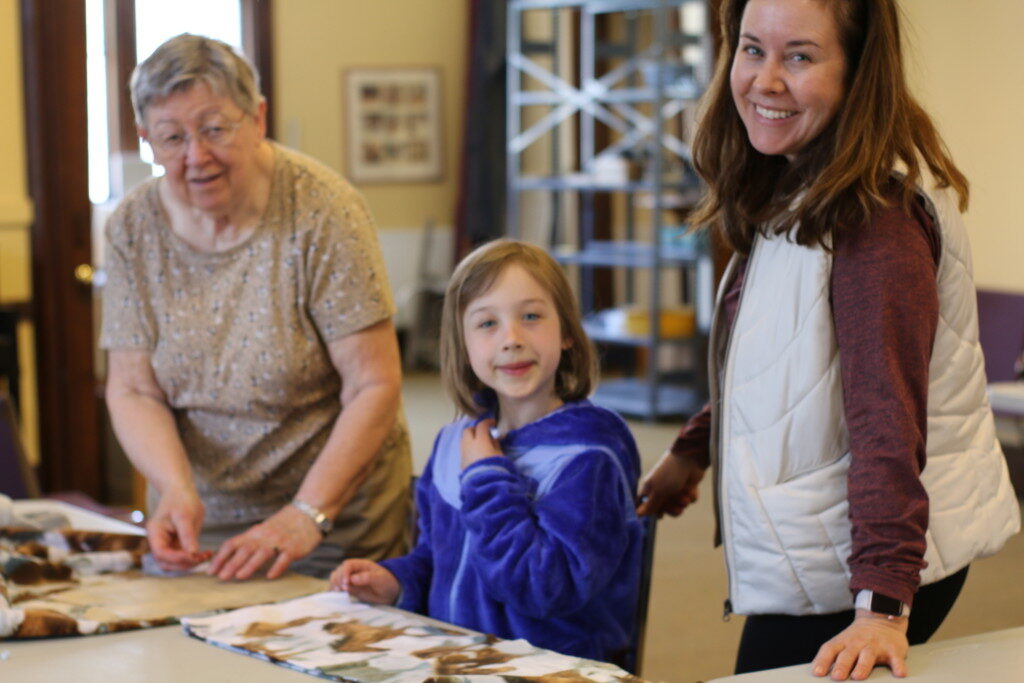“Regardless of your parenting style, you set the limits in your home. Communicate changes well in advance, explaining your reasoning for them, asking for feedback, and engaging your kids in making the change where appropriate…On the flip side, be honest with yourself about your expectations and what you can reasonably do at any given time. Being a parent is challenging enough without placing expectations of perfect homemade everything and an Instagram aesthetic on yourself!” — Sarah Robertson-Barnes on Sustainable in the Suburbs

General Note
Sarah Robertson-Barnes recommends involving children in zero waste and environmental decisions: “Let them scoop at the bulk store, sort the recycling, do a litter pickup, choose their lunch snack for batch baking day, take the compost out, hang the laundry up, or pick out the produce at the market”.
Refuse
- According to goingzerowaste.com, new school supplies can often produce lots of plastic waste. Buying from the Ultimate List of Zero Waste School Supplies and checking at thrift stores for second-hand supplies can decrease waste.
- Many snacks come in single-use packaging. Polly Barks recommends homemade snacks instead, when possible. A snack like ‘ants on a log’ may produce significantly less waste per serving.
Reduce
- According to familyeducation, using reusable cloth towels around the house instead of paper towels can reduce waste.
- Sending your child to school with a reusable lunch bag and reusable water bottle can reduce the amount of waste associated with away-from-home meals.
- Polly Barks recommends that goods, gifts, and preparations during pregnancy be neutral in a way that works regardless of the child’s gender. This can reduce waste associated with replacing products after birth.
Reuse
- Items like bicycles, scooters, and sporting goods may still be in great condition after another child has already enjoyed them. Local bike stores, garage sales, and places like Play It Again Sports in Burnsville create an opportunity for reuse.
- In a similar vein, many sporting goods in decent condition can be donated. Often, a quick internet search can pinpoint where to donate or acquire second-hand goods.
- For children of a young age, who tend to grow out of clothing especially quick, thrifting clothing can reduce waste in this category. Some of the locations on our Donations page are a good starting point.
- Storing and reusing gift bags, bows, and wrapping paper can reduce the waste associated with fun times like birthday parties.
- Traditional diapers can last up to 550 years in landfills according to neic.org. Cloth diapers are a viable alternative to consider; Baby Gear Lab has reviewed 25 different cloth diapers. They cite health, economic, and environmental benefits associated with transitioning away from traditional diapers.
Recycle
- For birthdays or gift-giving holidays, consider donating older toys in good condition as part of the celebration. Today’s Parent offers a Christmas example: “At Christmas, the kids pick five toys that they’d like to donate to Santa, who they’re told will fix them up to give to other children. They will get five new-to-them toys in return”.
- Teaching children how to sort their waste can be a valuable way to educate them about waste.